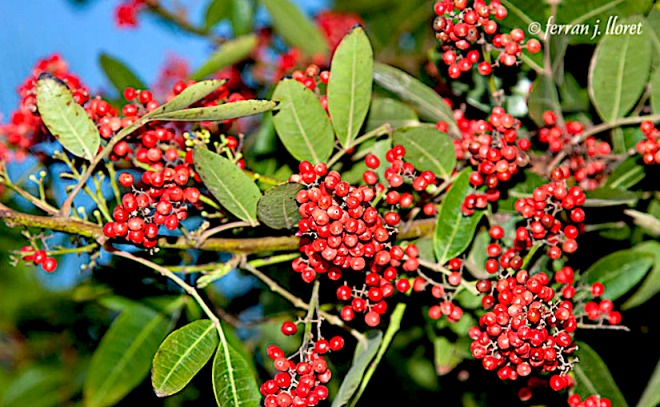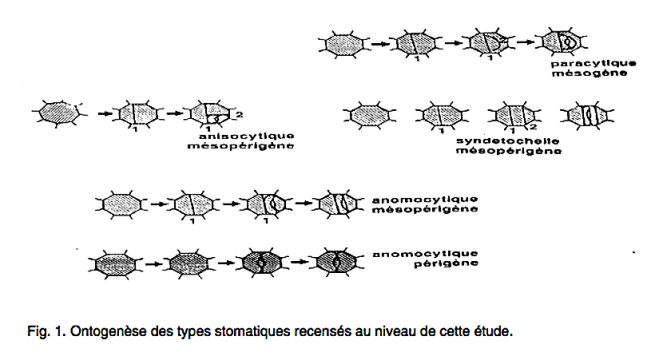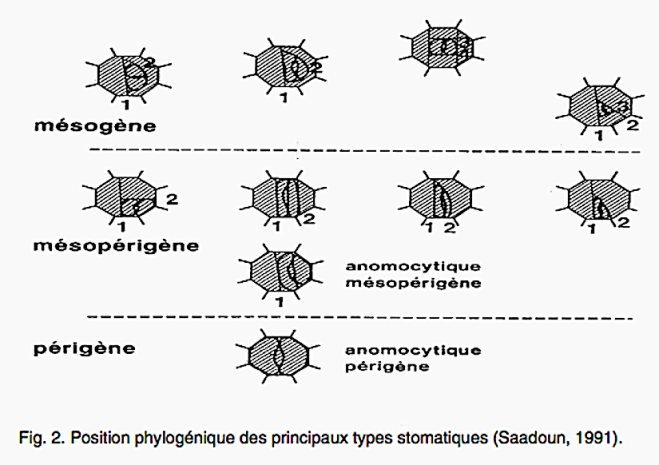Photo credit: Google
Pistacia lentiscus
Types stomatiques du genre Pistacia : Pistacia atlantica Desf. ssp. Atlantica et Pistacia lentiscus L. // Stomata types of Pistacia genus: Pistacia atlantica Desf. ssp. Atlantica and Pistacia lentiscus L.
by Smail-Saadoun N. (2005)
N. Smail-Saadoun, Natural Resources Laboratory, Tizi-Ouzou Cité des 300 Logements, Bt. F2, No. 183, Boukhalfa, Tizi-Ouzou, Algérie
—————–
In : Oliveira M.M. (ed.), Cordeiro V. (ed.). XIII GREMPA Meeting on Almonds and Pistachios . Zaragoza : CIHEAM, 2005. p. 369-371. (Options Méditerranéennes : Série A. Séminaires Méditerranéens; n. 63). 13.
Meeting of the Mediterranean Research Group for Almond and Pistachio, 2003/06/01-05, Mirandela (Portugal) –
http://om.ciheam.org/om/pdf/a63/05600054.pdf

RESUME – L’étude phytodermologique de Pistacia atlantica Desf. ssp. atlantica a permis d’inventorier des stomates du type anomocytique périgène et mésopérigène, anisocytique mésopérigène, paracytique mésopérigène et mésogène.
Quant à Pistacia lentiscus L. il a été recensé uniquement les types anomocytiques périgène et mésopérigène, ainsi que le type paracytique mésopérigène. La présence du type paracytique mésopérigène, même en faible fréquence, implique une évolution des types stomatiques selon la deuxième voie décrite chez les Chénopodiacées. Une telle voie consiste en une évolution du type anomocytique périgène en type anomocytique mésopérigène. Ce dernier pourra évoluer à son tour en type paracytique mésopérigène puis en type paracytique mésogène. Cette deuxième voie d’évolution stomatique semble caractériser les espèces vivant dans des milieux arides où l’eau peut manquer. Mots-clés : Pistacia, stomate, adaptation, sécheresse.

SUMMARY – “Stomata types of Pistacia genus: Pistacia atlantica Desf. ssp. Atlantica and Pistacia lentiscus L.”.
The phytodermologic study of Pistacia atlantica Desf. ssp. atlantica has allowed the inventory of the following stomatal types to be created: anomocytic perigenous and mesoperigenous, anisocytic mesoperigenous, paracytic mesoperigenous and mesogenous.
As for Pistacia lentiscus L. only one perigenous and mesoperigenous anomocytic stomatal types as well as the mesoperigenous paracytic type have been observed. The presence of the mesoperigenous paracytic type, even with a low frequency, implies an evolution of the stomatal types according to the second pathway described for the Chenopodiaceae. Such a pathway consists in an evolution of the perigenous anomocytic types towards a mesoperigenous anomocytic one. This last type can in turn evolve towards a mesoperigenous paracytic and mesogenous paracytic type. This second pathway of stomatic evolution seems to characterize species living in hard conditions where water is a limiting factor.

